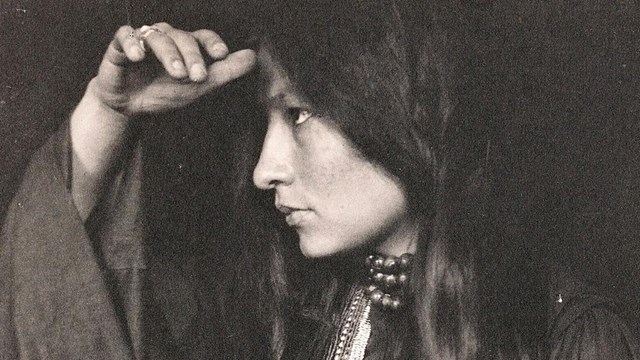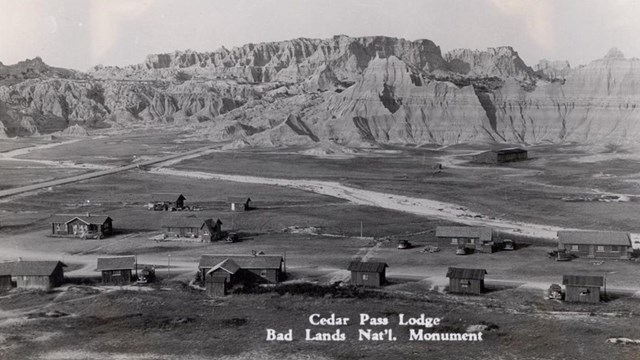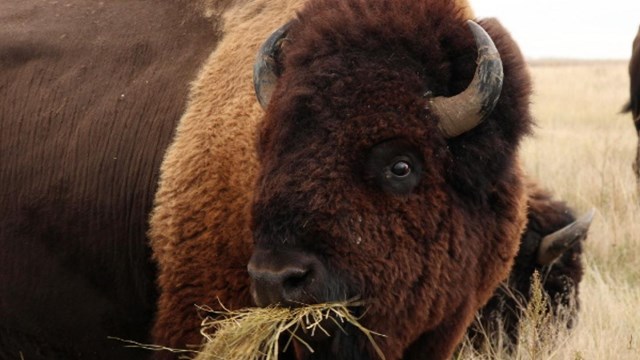|
National Parks have a "trust responsibility" (i.e., fiduciary) to Federally Recognized tribal nations that is unique because of the sovereign status of both the federal government and individual tribal nations. Native Americans represent the only group in the United States that has a formalized relationship enshrined and stipulated within the Constitution, treaties, legislation, judicial decisions, Executive Orders, and policy. The National Park Service as an Executive Branch agency has a duty to carry out these mandates, legally, politically, ethically, and morally. 
NPS Photo / Matthew Janis Badlands' Responsibility to Indigenous NationsAt Badlands, these obligations in at least three focus areas: Associated Tribes Webpage: Flandreau Santee Sioux Tribe
Location: Flandreau Santee Sioux Indian Reservation, South Dakota Webpage: Standing Rock Sioux Tribe
Location: Standing Rock Indian Reservation, South Dakota & North Dakota Webpage: Three Affiliated Tribes: Mandan, Hidatsa and Arikara
Location: Fort Berthold Indian Reservation, North Dakota Webpage: Turtle Mountain band of Chippewa
Location: Turtle Mountain Indian Reservation, North Dakota Learning Resources
Indigenous Stories of the Midwest
Learn more about the ancestral homelands of many Midwest American Indian tribes. 
South Unit
The South Unit of the park is entirely within the boundaries of Pine Ridge Indian Reservation. 
Tribes and the NPS
Access the main page for the National Park Service and tribes, outlining responsibilities and programs designed to serve tribal partners. 
Tribal Historic Preservation Office
Learn about the Tribal Historic Preservation Program and how it assists tribes in preserving historic properties and cultural traditions. 
History & Culture
Curious about the human history of Badlands National Park? Learn more about the history and culture embedded in the Badlands. 
Bison Conservation Initiative
Learn about ongoing bison reintroduction programs and their relationship to our tribal partners. |
Last updated: December 4, 2024
